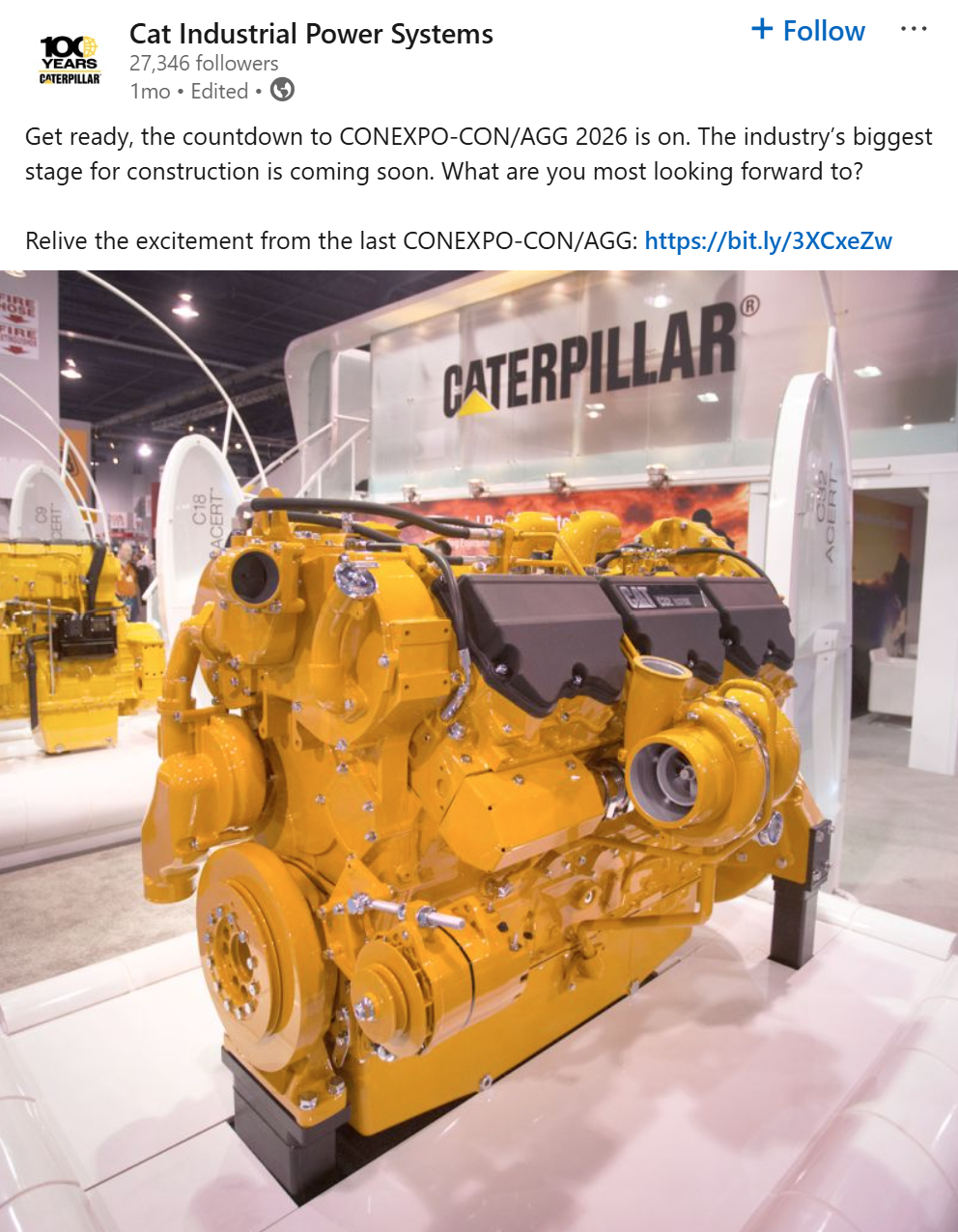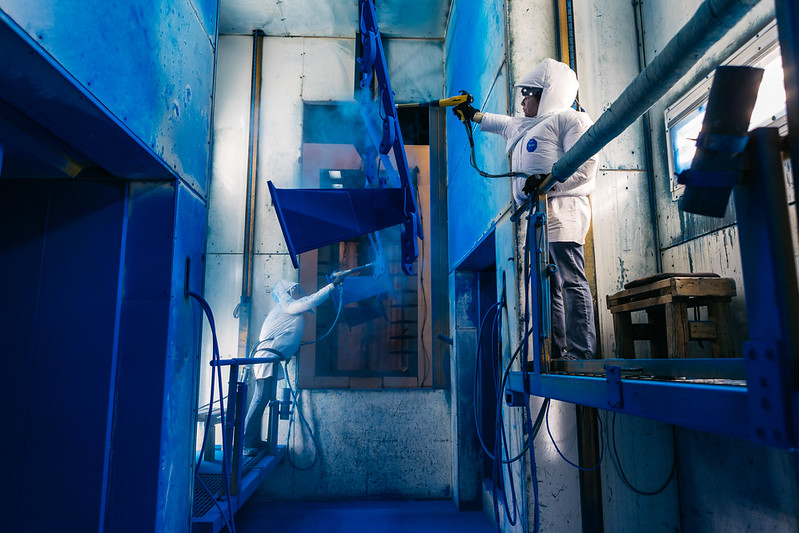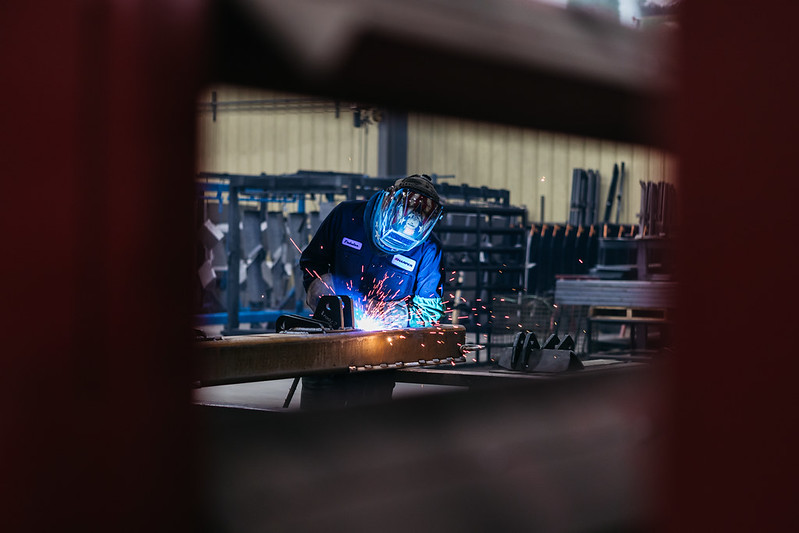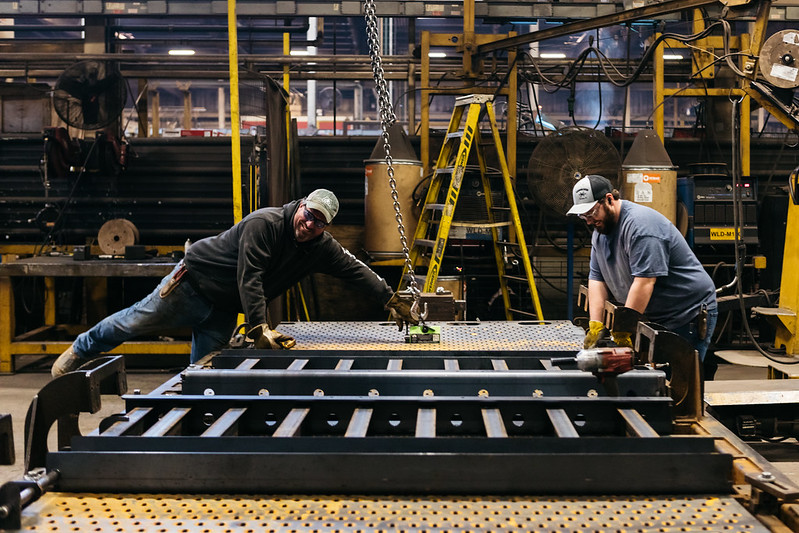By Gregg Wartgow and Mike Schmidt, Association of Equipment Manufacturers —
Three aspects of modern agriculture and construction equipment continue to evolve and play a more significant role in today’s more technologically advanced machinery. To help alleviate some of the general misunderstandings that have mounted over these innovations over the past decade, AEM has published three guidance documents to help ensure conversations and communications surrounding these topics are conveyed clearly, consistently, and accurately:
While they are not intended to be comprehensive or all-encompassing viewpoints on autonomy, cybersecurity, and data, the documents do contain both industry use cases and everyday examples. Ultimately, they help guide information sharing inside and outside of the industry, with lawmakers and regulators, with customers and equipment end users, and with the general public. You can download the AEM Guidance Documents on AEM.org.
Austin Gellings, Senior Director of Agricultural Services at AEM, moderated an AEM Member Education Webinar earlier this month that outlined the new documents. In addition, he was joined by three AEM members who played pivotal roles in their creation. Together, they offered a glimpse into what the documents contain, and why creating a common language around data layers, cybersecurity, and autonomy is of utmost importance to AEM members as they engage in conversations with stakeholders both inside and outside the non-road equipment industry.
For more than 130 years, AEM has helped advance equipment manufacturing and the agriculture and construction customers our industry serves by providing uniquely valuable insights and timely, relevant resources. View aem.org/insights to learn more.
Data Layers
Everything starts with data, which can be organized into three categories, or layers.
On-Board Data. These data layers involve the sensors and controllers on a machine that gather data, along with asset sub-systems that gather and package data from multiple sensors or controllers, as well as individual systems such as engines that have their own control modules.
“This is your traditional safe, reliable machine,” said Korry Kobel, Senior Director of Global Development at AEM member company JLG Industries, a manufacturer of lifts, telehandlers, and other equipment. “For many of us, the focus has been on on-board data for most of our careers.”
Data Transfer. An important area of machine data is what AEM refers to as the Transfer Layer.
“This is that boundary layer where a safe and reliable machine becomes connected to the outside world,” said Kobel, who is also Vice Chair of AEM’s CE Technology Leadership Group. “This Transfer Layer is a good inflection point for internal team members to align with their customers, suppliers, and third parties who may be involved in the overall ecosystem. With the Transfer Layer, there is an intentional point in the product design to enable others to potentially be involved with the data. This is a significant departure from a time when everything was within the OEM’s control.”
Off-Board Data. “With these data layers, the OEM is playing the role of providing the connectivity,” Kobel explained. “They may have a TCU (telematic control unit) in their system that’s sending data to their cloud.”
The Off-Board Data Layer could involve a single machine, a fleet of machines from multiple OEMs, or even an entire ecosystem where data is collected from several web-based systems, cloud networks, vendor systems, or asset management systems to look at entire jobsites.
One thing to note is that a given piece of hardware isn’t always pigeonholed in a single data layer. For instance, a piece of hardware could be associated with both the Transfer Layer and Off-Board Data Layer. OEMs should recognize that they can create access and integration between the layers, so to speak.
“The relationship is also bidirectional,” Kobel said. “For instance, sometimes choices made at the chip level can have implications all the way up the broader ecosystem. Having awareness and understanding responsibilities between those transfer layers, as well as the transfer layers between the different parties, is important to getting everyone in alignment with those concepts.”
Cybersecurity
You can’t talk about data layers without having a conversation around cybersecurity. Thus, a second AEM Guidance Document outlines the key stakeholders requiring access to data at the different data layers, along with which parties bear responsibility for securing the data.
“I’m not necessarily an expert on cybersecurity,” said Seth Zentner, an Engineer with AEM member company CLAAS, a manufacturer of tractors, combines, and other ag equipment. “I know what cybersecurity is and work on it on the fringes. That’s where these documents can really do us some good. I can use the cybersecurity document to have a conversation with someone who’s more heavily detailed in cybersecurity. But I can also have a conversation with somebody who isn’t, using the contents and flowcharts of the guidance document as touchpoints.”
Zentner, who is also Vice Chair of AEM’s Ag Technology Leadership Group, offered some examples of who the key stakeholders are at each data layer, along with common scenarios where those stakeholders require access to different types of data.
As an example, the Data Transfer Level involves the transfer of machine data from an on-board machine to an off-board server or cloud-based system. Any access is provided through a permissions-based authentication process that may involve one or more gateways or access points. Common scenarios include telematics systems and over-the-air software updates. This is the type of thing outlined in the guidance document on cybersecurity.
Zentner also explained how the guidance document defines cybersecurity responsibilities.
“For example, when looking at the On-Board Data Layer, the OEM is more or less responsible for securing access to that machine and the connected systems,” Zentner said. At the Data Transfer Layer, all parties are responsible for the security of the data transfer, including connectivity and interoperability. At the Off-Board Data Layer, the system manufacturer is responsible for determining accessibility and providing for secure access to connected data.
All of this is outlined in the guidance document on cybersecurity, along with the responsibilities pertaining to threat detection, protection of individual systems, and recovery following a cybersecurity incident. The document also highlights existing cybersecurity standards, guidelines, and best practices to help AEM members build out their own cybersecurity protocols using the same common language.
Autonomy
The third guidance document pertains to autonomy. Much like the cybersecurity guidance document points to existing standards, the autonomy guidance document also draws upon existing material to help create a clear and consistent message for the non-road equipment industry.
“In setting out to develop a common language around autonomy for non-road equipment, we felt it made sense to consider (but did not copy) the roadmap set out by the Society of Automotive Engineers (SAE),” said Nick Libbi, director of CE strategic accounts at AEM member company CNH Industrial, a manufacturer of ag and construction equipment under the Case IH, Case Construction Equipment, New Holland Agriculture, and New Holland Construction brands.
To Libbi’s point, the AEM guidance document on autonomy outlines six levels of autonomy (Levels 0-5), providing a definition of what each level is, the role of the operator and machine at each level, and real-world examples of products that exist today. Establishing this common language will help prevent any further misunderstandings of how automation actually applies to ag and construction equipment.
“What’s most important to note is that no matter the level of autonomy we’re speaking to, an operator can always take control of a non-road machine,” Libbi pointed out.
According to Zentner, it’s also important to note that, much like with data layers and cybersecurity, a piece of equipment doesn’t have to be pigeonholed to one level of autonomy. Some equipment may have multiple aspects of differing levels of autonomy. By creating a common language and mapping all of that out, the autonomy guidance document will help make it easier for AEM members to have productive conversations about non-road equipment autonomy with both internal and external stakeholders.
Other Considerations
Non-road equipment is designed to execute specific functions relative to its intended applications and tasks in non-road environments in agriculture and construction. Construction worksites, farm fields, dairies and feedlots, areas of animal husbandry, etc., are dynamic environments defined by fences or other boundaries with some level of restriction for access or entry. These documents do not apply to on-road operation of non-road equipment.
AEM’s three guidance documents can be found below:
Data Layers for Non-Road Equipment
Levels of Autonomy for Non-Road Equipment
Cybersecurity for Machine Data for Non-Road Equipment
For more information, visit AEM.org/Insights.





